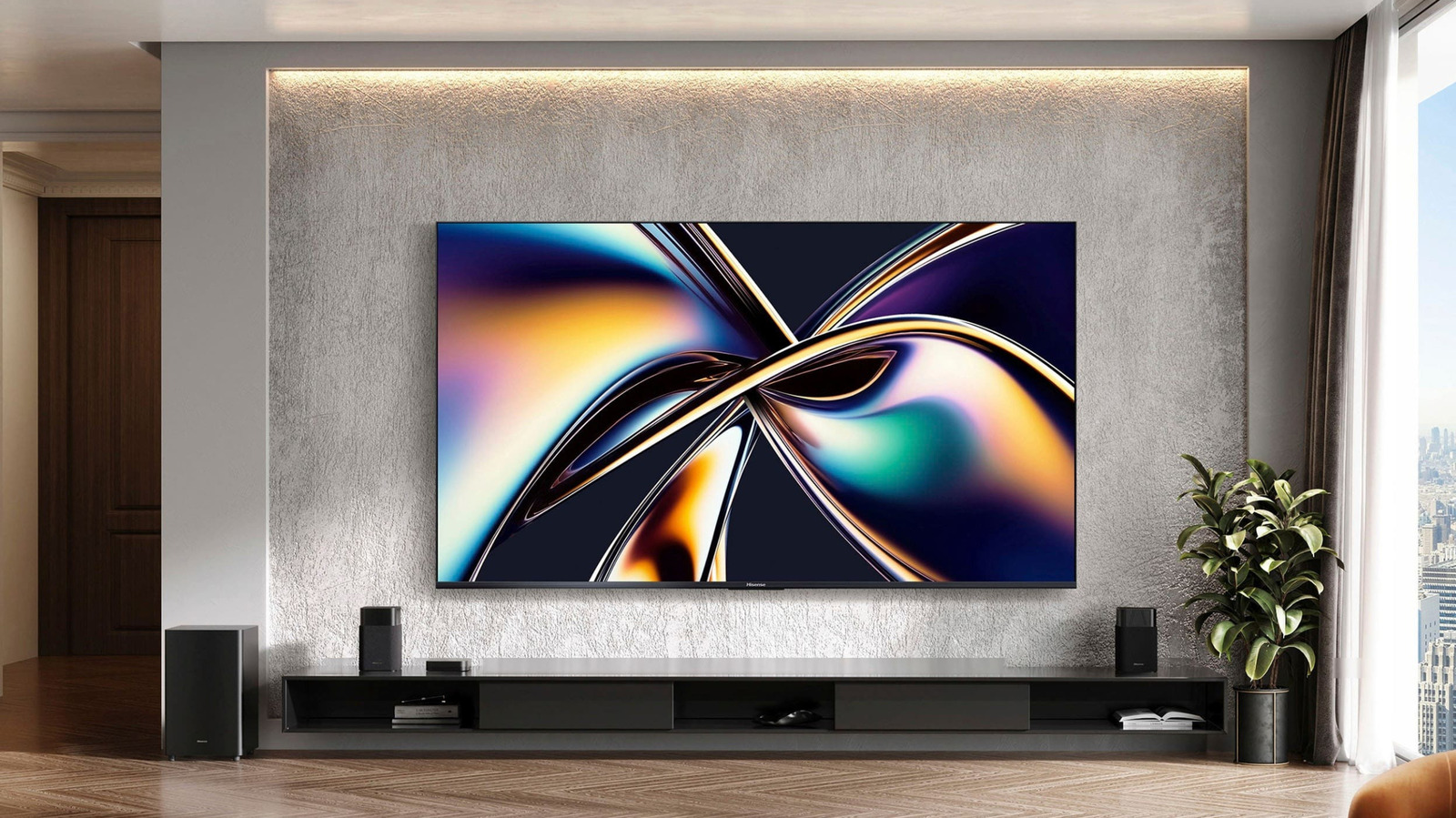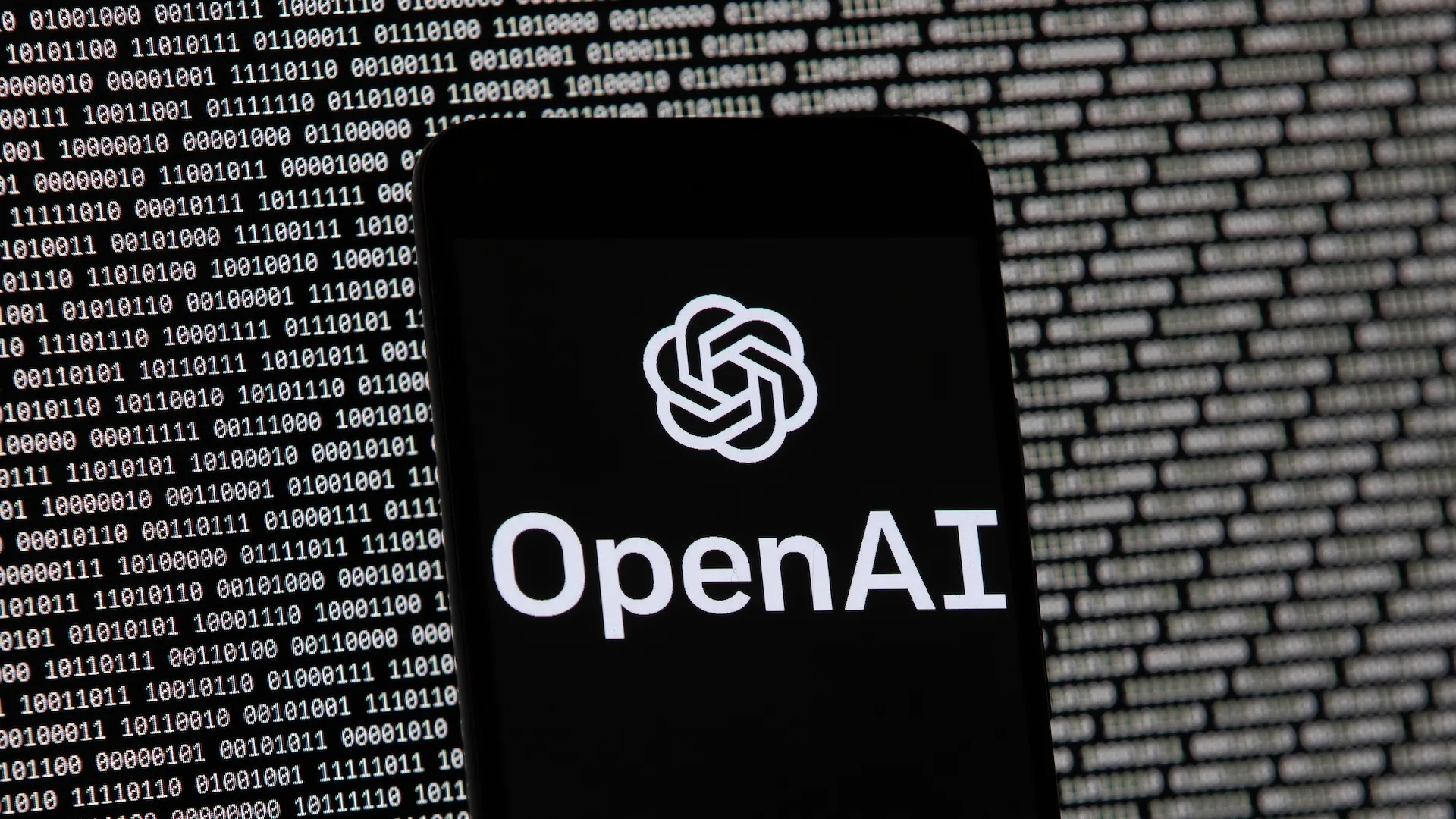We may receive a commission on purchases made from links.
When you are shopping for a television, you are bound to come across a plethora of marketing and technical jargon. While some of it is fluff to hype the TV and make it sound better than the competition, other jargon, such as HDR — which stands for high dynamic range — can actually be pretty important to your TV’s picture quality and general visual performance.
HDR is a technology used on modern televisions that dramatically upgrades what you see on the screen compared to standard dynamic range (SDR) TVs by expanding the visible range of light and color. As a result, HDR TVs can display brighter whites and darker blacks. This expanded range also means the TV can produce a wider range of colors, allowing it to present a color palette that is much closer to what we see in real life.
HDR marketing is also typically accompanied by other terms, such as HDR10, HDR10+, HLG, and Dolby Vision, which, unlike the core technology, are formats used by creators for mastering high dynamic range content. Support for both HDR and different HDR formats has become a big deal as 4K TVs have become popular. But what do you need to ensure your HDR TV delivers excellent results, and do the HDR formats have any tangible impact on your viewing experience? Let’s find out.
What to look for in an HDR TV
As there is no standardization for HDR, not all HDR TVs are made equal. A TV can technically be called an HDR TV because it can display more colors and is slightly brighter than an SDR TV, but that doesn’t mean its HDR performance would necessarily be good. How a TV presents HDR content depends a lot on its contrast ratio, color gamut, and peak brightness, and you need all these aspects to be good to expect impactful HDR. For example, if a TV doesn’t get very bright, it won’t be able to display the specular highlights the way those are intended to be displayed, making them look dull. Similarly, a poor contrast ratio means a TV can’t produce inky blacks, and a narrower color gamut will result in less color vibrancy.
So, when you are shortlisting the TVs for your next purchase, look for a good contrast ratio, high peak brightness, and a wider color gamut. A peak brightness of around 800 nits in a 2% or 10% window is generally decent for LED TVs, but with 1,000 nits or higher, you are guaranteed impactful HDR. However, as OLED TVs can display inky blacks and have a near infinite contrast ratio, they can get away with having slightly lower peak brightness than their LED counterparts for HDR performance because of their inherent high dynamic range. As TV manufacturers don’t share specific numbers about brightness, contrast ratio, or color gamut, you can consult TV reviews from reputable publications to ensure you are buying a fantastic HDR TV.
What are the different HDR formats and why do they matter?
Aside from a TV’s HDR capabilities, another crucial detail that governs how HDR content will look on your TV is the format it’s mastered in by the creator. As mentioned, some of the common HDR formats include HDR10, HDR10+, and Dolby Vision. While HDR10 is a static metadata format, HDR10+ and Dolby Vision are dynamic HDR formats. What this means is that for HDR10, the metadata only includes one set of values for the entire content, which is used by the TV to map the content’s brightness and contrast according to its own capabilities. However, for content mastered in HDR10+ or Dolby Vision, the metadata is supplied on a scene-by-scene or frame-by-frame basis, allowing the content to be displayed closer to the creator’s intent.
Dolby Vision IQ and HDR10+ Adaptive are updated variants of Dolby Vision and HDR10+, which consider your TV room’s ambient light conditions to better display content, so that things like very dark details don’t get missed in bright rooms. Although all HDR TVs support HDR10, the support for HDR10+, Dolby Vision, and their variants is less common. Moreover, Dolby Vision is a far more popular dynamic HDR format among content creators than HDR10+. You can decide which HDR formats are important to you based on the type of content you watch and where you watch it, such as the best Netflix shows, and make sure they’re included in your next TV purchase.









